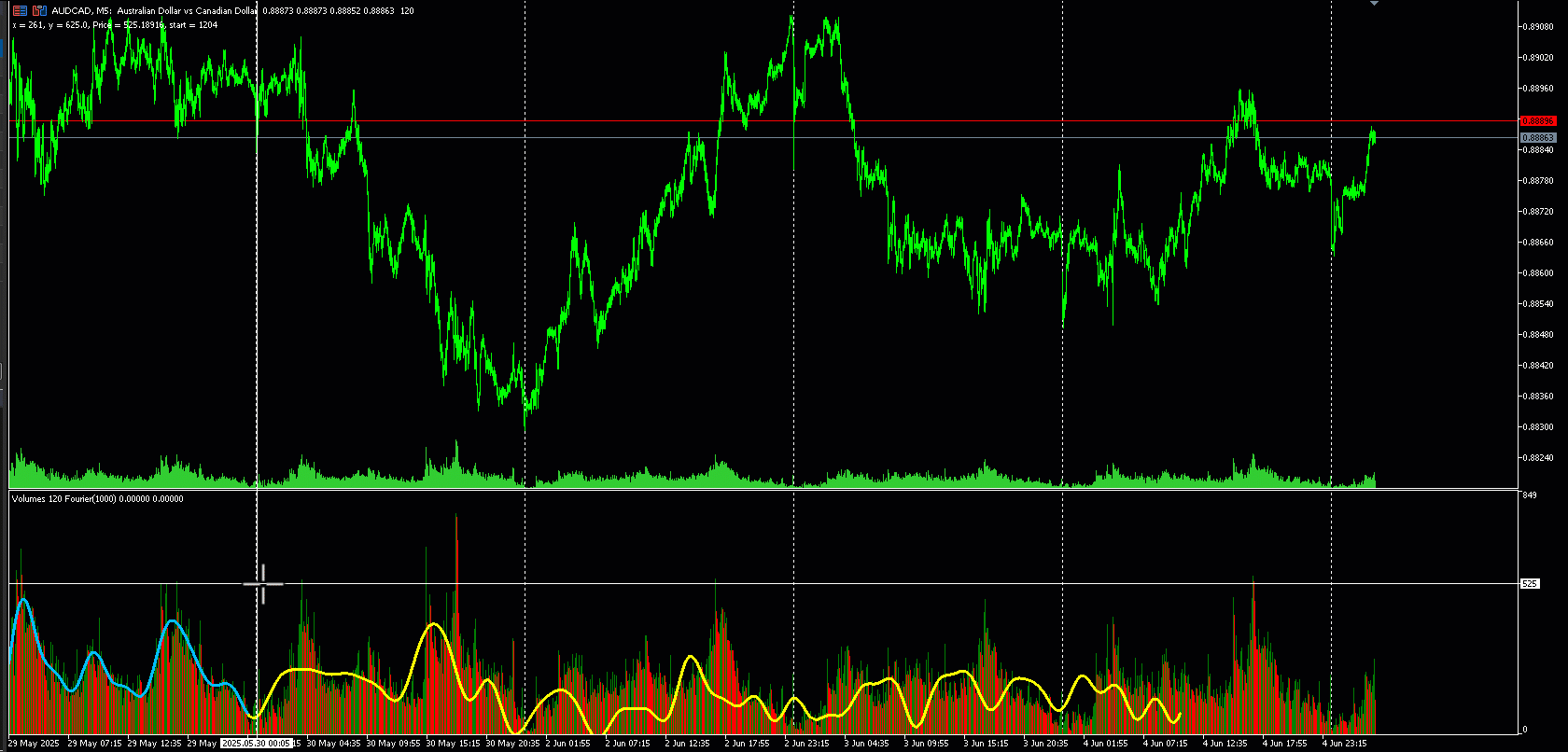You are missing trading opportunities:
- Free trading apps
- Over 8,000 signals for copying
- Economic news for exploring financial markets
Registration
Log in
You agree to website policy and terms of use
If you do not have an account, please register
It works for me...I also know people (I won't point fingers, of course) who use Fourier quite successfully.
eh words, words
just like in this anecdote.
Not for the signals, of course.
Oh, well. I was hoping for "open source."
I found the dll and sent it to a private message, as it's kind of not allowed here.
Oh, words, words
just like that anecdote.
persistent déjà-vu: here on the forum you and I have already discussed the use of Fourier...but a long time ago, a few years ago.
you use it to try to extrapolate the price directly, while it is necessary to extrapolate the volume (aka tick volume, aka ATR, aka volatility, aka range).
ordinary atr gives a "delay" of half of its period, it is like a post-facto "for the past 14 bars the range was so-and-so and was growing in relation to even greater antiquity" and you can do what you want, even invent a time machine.
With Fourier, everything works out without delays and with a forecast, "now and in the next bar or two, the range is this, growing and is expected to decline in so many bars".
because volume and volatility are very cyclical and it's a direct application for Fourier, it's its native place.
persistent déjà-vu: here on the forum you and I have already discussed the Fourier application...but long ago, a few years ago.
you shove it into attempts to extrapolate the price directly, while it is necessary to extrapolate the volume (aka tick volume, aka ATR, aka volatility, aka range).
ordinary atr gives a "delay" of half of its period, it is like a post-facto "for the past 14 bars the range was so-and-so and was growing in relation to even greater antiquity" and you can do what you want, even invent a time machine.
with Fourier everything turns out without delays and with a forecast, "now and in the next bar or two the range is so-and-so, is growing and is expected to decline in so-and-so bars".
because volume and volatility are very cyclical and it's a direct application for Fourier, it's its native place.
Is that what you mean?

Fourier approximation in curved space, i.e. inscribed in each channel of the whole channel hierarchy. (from my old experiments)
Is that what you mean?
it looks like it, but somewhere you have ogrihs - maybe you didn't cut out the high frequency or brewed the data raw, unfinished...it is much more stable - the predicted peaks shouldn't move much to the right and left. Only amplitudes/dimensions change, the characteristic part is stable